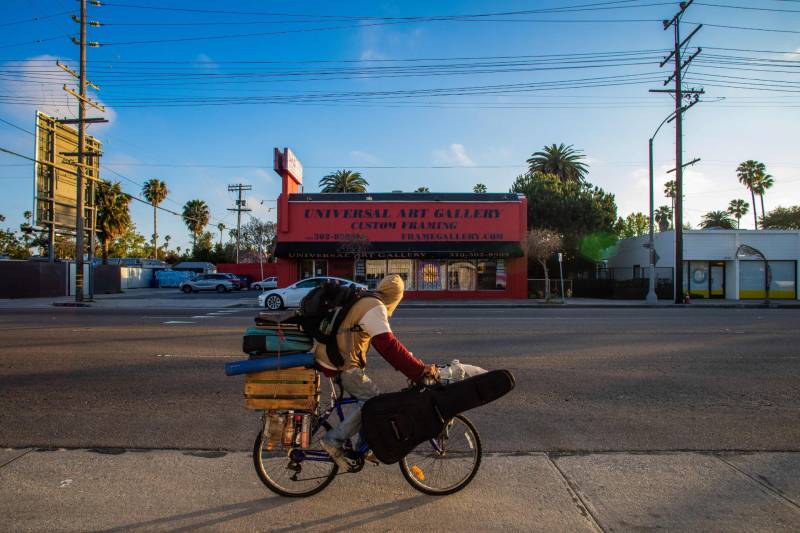California lost nearly 100,000 jobs in March, state officials announced Friday, signaling a sudden end to a record 10-year streak of growth because of a coronavirus outbreak that has shuttered nonessential businesses and overwhelmed the state’s unemployment office.
The unemployment rate in the nation’s most populous state was 5.3% in March — a 1.4 percentage point increase that is the largest jump on record since 1976, when state officials began using the current formula for tracking job losses.
“We are now in a pandemic-induced recession here in the state of California,” Gov. Gavin Newsom said.
Still, the numbers are just a glimpse of the pain people are already suffering. The job losses were based on a survey taken the week that included March 12. That was one day after the NBA suspended its season and Newsom banned gatherings of more than 250 people, prompting the closure of Disneyland and other iconic attractions.
Most of the state’s job losses occurred after that date, accelerating once Newsom issued a mandatory stay-at-home order on March 19. On Friday, Newsom announced 3.1 million people have filed for unemployment benefits since mid-March.

